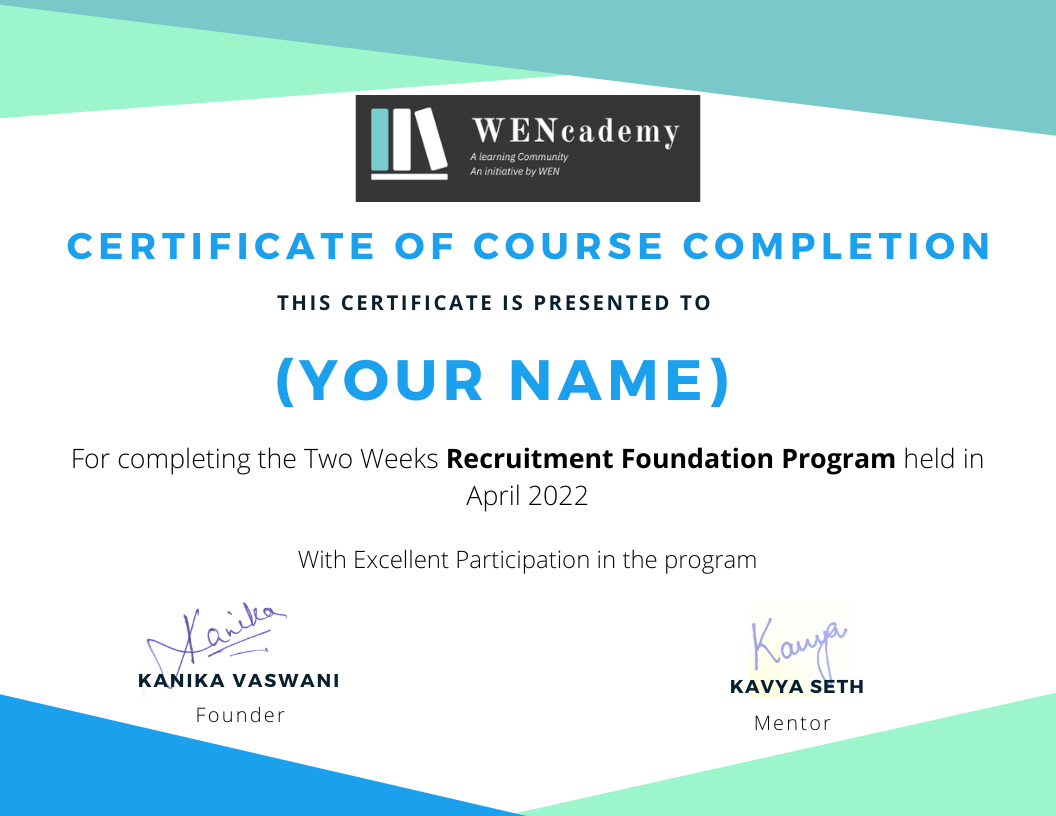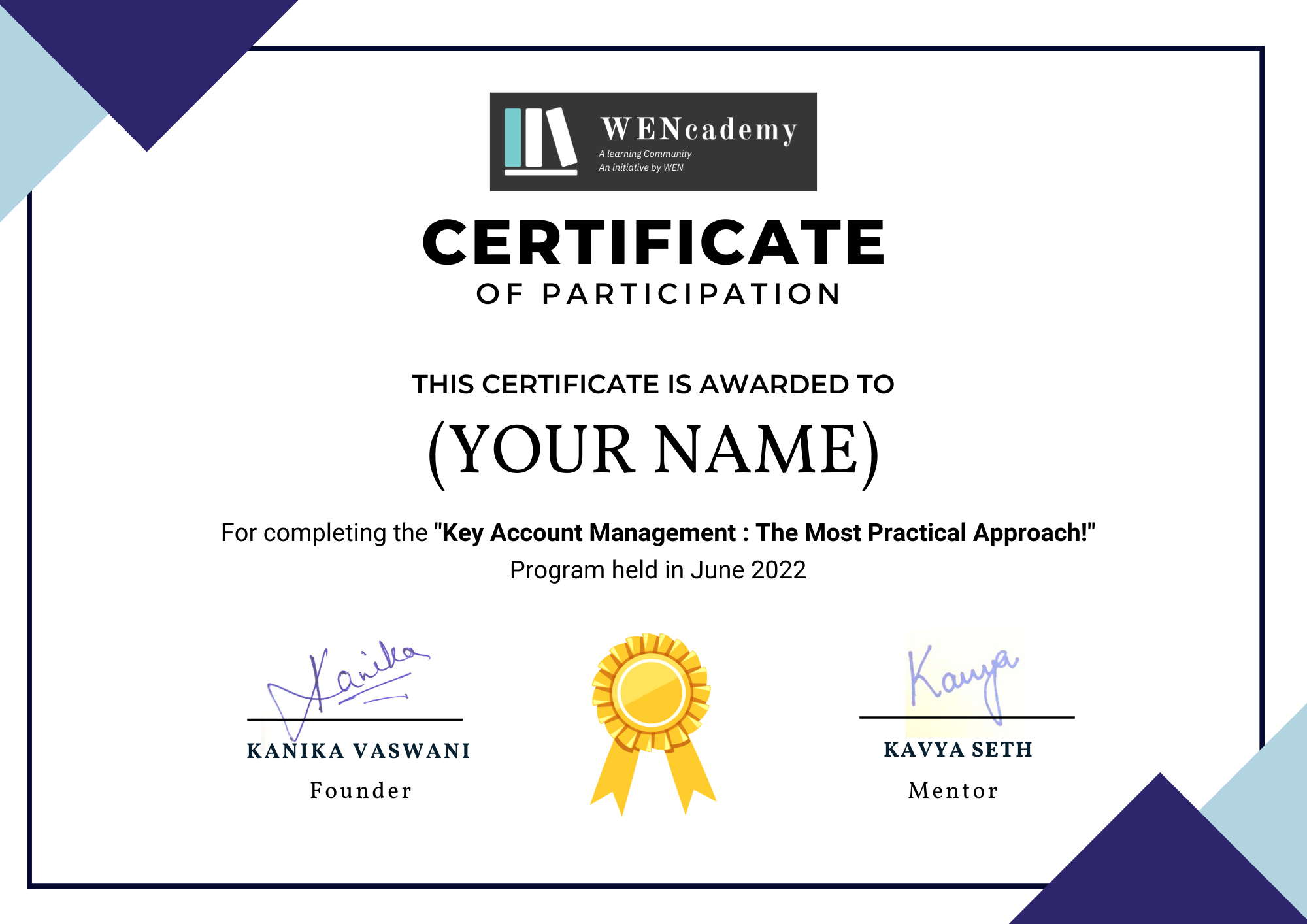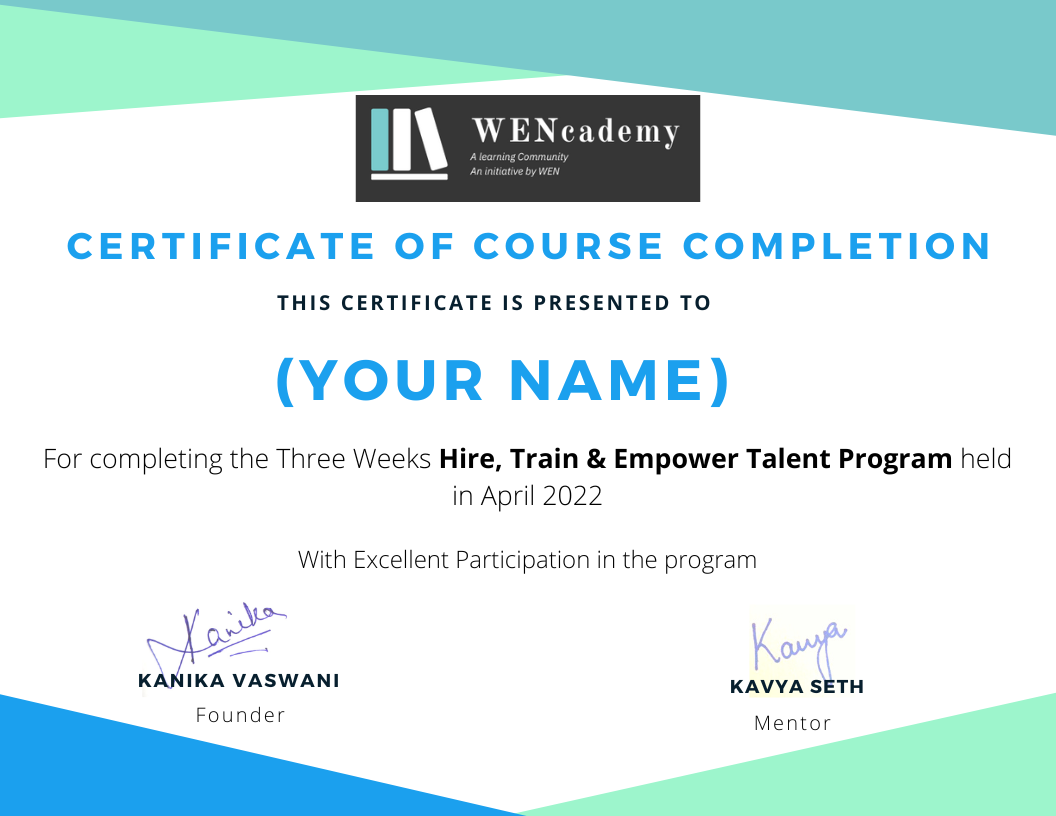Crafting Inclusive Job Descriptions: A Guide to Attracting a Diverse Talent Pool
In today’s competitive job market, crafting inclusive job descriptions is essential for attracting a diverse talent pool. Job descriptions serve as the first point of contact between a company and potential candidates, and the language used in these descriptions can either discourage or invite a wide range of applicants. By avoiding biased language, eliminating industry jargon, and highlighting equal employment opportunities, recruiters and hiring managers can ensure their job descriptions promote inclusivity and attract top talent from all backgrounds. In this comprehensive guide, we will explore various strategies for crafting inclusive job descriptions and discuss the importance of creating a welcoming and diverse workplace.
Why Inclusive Job Descriptions Matter
Job descriptions play a crucial role in shaping a company’s workforce diversity. A well-written and inclusive job description can help attract a broader range of candidates, including those who might be deterred by biased language or exclusive requirements. On the other hand, poorly crafted job descriptions can inadvertently alienate potential candidates, perpetuating biases and limiting diversity within an organization. To create a truly inclusive workplace, it is crucial to start with inclusive job descriptions that appeal to a diverse audience.
Crafting Inclusive Language for Job Descriptions
The language used in job descriptions has a significant impact on the diversity of applicants. Biased language, whether intentional or unintentional, can discourage certain groups from applying. To create inclusive job descriptions, it is important to be mindful of the words and phrases used. Here are some strategies to ensure the language in your job descriptions is inclusive:
1. Avoid Gender-Coded Words
Research has shown that gender-coded words can significantly reduce the number of women applying for job positions. Certain words, such as “rockstar,” “ninja,” or “dominate,” can be off-putting and exclusive. Instead, use gender-neutral terms like “developer” or “sales representative” to attract a broader range of candidates. By removing gender-coded language, you create a more inclusive environment that welcomes candidates from all backgrounds.
2. Eliminate Racially Biased Language
Just as gender-coded language can discourage applicants, racially biased language can have a similar effect. Avoid using phrases or words that may have racist connotations or imply a preference for a specific racial group. By focusing on neutral and inclusive language, you create an environment where all candidates feel welcome and represented.
3. Use Plain Language Instead of Jargon
Corporate jargon and industry-specific terminology can be alienating to potential candidates who are not familiar with those terms. Instead of using complicated jargon, opt for plain language that is easily understood by a wider audience. This ensures that your job descriptions are accessible to candidates from diverse backgrounds and experiences.
4. Avoid Age-Related Preferences
Phrases that imply a preference for younger candidates, such as “fast-moving” or “energetic,” can inadvertently exclude older applicants. To create an inclusive environment, it is important to avoid age-related preferences in your job descriptions. Focus on the skills and qualifications necessary for the role rather than making assumptions based on age.
5. Remove Unnecessary Requirements
Job descriptions often include excessive and unnecessary requirements that may deter qualified candidates from applying. Instead of listing every possible qualification, focus on the essential skills and qualifications needed to perform the job effectively. By removing unnecessary requirements, you open up opportunities for a more diverse pool of candidates.
Highlighting Equal Employment Opportunity
In addition to using inclusive language, it is crucial to highlight your company’s commitment to equal employment opportunity. This reassures candidates that your organization values diversity and inclusion. Here are some strategies for emphasizing equal employment opportunity in your job descriptions:
1. Include an Equal Employment Opportunity Statement
Including an equal employment opportunity statement in your job descriptions is a clear way to communicate your commitment to diversity and inclusion. This statement should explicitly state that your company does not discriminate based on factors such as sex, race, gender identity, disability, age, sexual orientation, religion, national origin, or veteran status. By including this statement, you create a welcoming environment for candidates from all backgrounds.
2. Showcase Diversity and Inclusion Initiatives
If your company is actively working towards fostering diversity and inclusion, it is important to showcase these initiatives in your job descriptions. Highlight employee resource groups (ERGs), mentorship programs, or any other diversity-focused initiatives your organization has in place. This demonstrates your dedication to creating an inclusive work environment and encourages candidates who value diversity to apply.
3. Mention Inclusive Benefits and Policies
Inclusive benefits and policies can significantly impact a candidate’s decision to apply for a job. If your company offers benefits such as parental leave, childcare subsidies, or flexible work arrangements, be sure to mention them in your job descriptions. These benefits signal your commitment to supporting a diverse workforce and can attract candidates who prioritize work-life balance and inclusivity.
The Importance of Inclusive Job Requirements
Another aspect of crafting inclusive job descriptions is ensuring that the requirements are reasonable and do not unintentionally exclude qualified candidates. Excessive or unnecessary requirements can discourage individuals who possess the necessary skills but may not meet every single qualification listed. Here are some strategies for creating inclusive job requirements:
1. Focus on “Must-Haves”
Instead of overwhelming candidates with an extensive list of qualifications, focus on the essential “must-haves” for the role. Clearly outline the skills, experiences, and qualifications that are necessary to perform the job effectively. By prioritizing the essential requirements, you create a more inclusive environment where qualified candidates from diverse backgrounds feel encouraged to apply.
2. Avoid Unnecessary Degree Requirements
Requiring a specific level of education, such as a bachelor’s degree, may unintentionally exclude individuals who have gained equivalent skills and knowledge through alternative pathways. Consider whether a degree is truly necessary for the job or if relevant experience and skills can be equally valuable. By being open to alternative qualifications, you can attract a more diverse range of candidates.
3. Don’t Overemphasize GPA
Placing excessive importance on a candidate’s GPA can exclude individuals who may not have excelled academically but possess valuable skills and experiences. Consider whether GPA is truly indicative of a candidate’s potential to succeed in the role. By focusing on relevant experiences and skills, you create a more inclusive environment where candidates from different educational backgrounds can thrive.
Tools and Resources for Crafting Inclusive Job Descriptions
Several tools and resources are available to help recruiters and hiring managers create more inclusive job descriptions. These tools analyze and provide suggestions to improve the language and tone of your job descriptions. Here are some examples:
1. Textio Hire
Textio Hire is an online tool that analyzes job descriptions and suggests improvements to make the language more appealing to all applicants. It provides real-time feedback on gender-coded language, jargon, and other potential biases in your job descriptions. By using Textio Hire, you can ensure your job descriptions are inclusive and engaging to a diverse audience.
2. Gender Decoder Tool
The Gender Decoder tool is designed to identify gender-coded language in job ads. By copying and pasting your job description into the tool, it identifies any potential biases and suggests alternative language. This tool helps you evaluate whether your job ad leans too heavily towards masculine or feminine-coded words, allowing you to make the necessary adjustments for inclusivity.
Conclusion
Crafting inclusive job descriptions is a vital step in attracting a diverse talent pool and fostering a truly inclusive workplace. By using inclusive language, highlighting equal employment opportunity, and focusing on essential requirements, recruiters and hiring managers can create job descriptions that appeal to a broader range of candidates. Additionally, utilizing tools and resources can help identify and eliminate biases in job descriptions. By prioritizing inclusivity from the very beginning of the hiring process, companies can build a diverse and talented workforce that reflects the richness of our society.




Leave a Reply